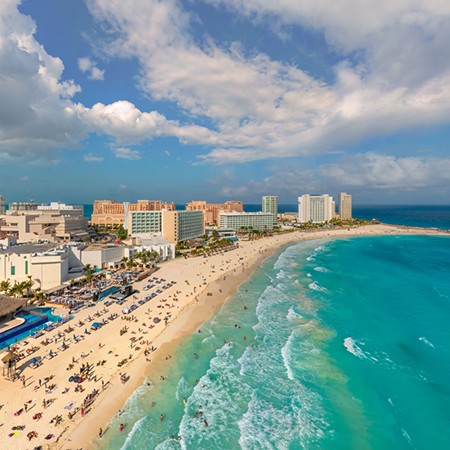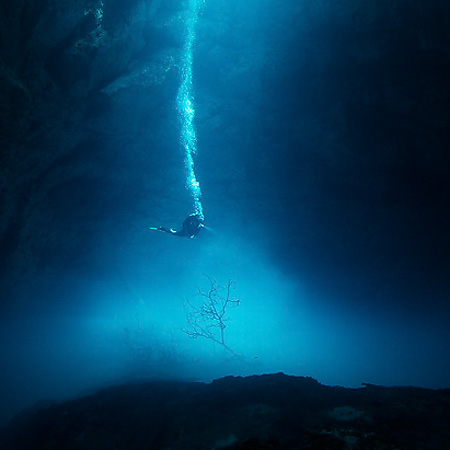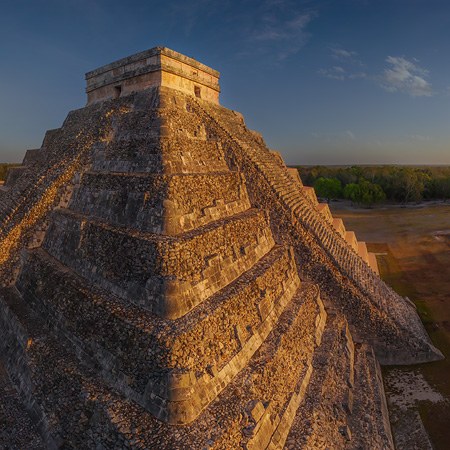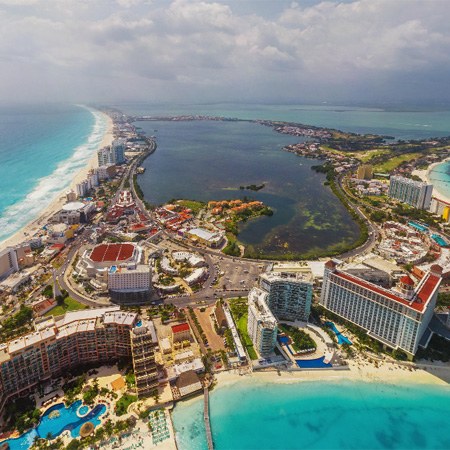Diving with great white shark
There are around 400 species of sharks living in seas and oceans, and the great white shark is among the most known ones. Having become the major character in the Jaws movie and novel, this shark is now associated with danger and bloodlust. But you can find yourself near this animal without any danger with the help of AirPano new 360° video.
The great white shark (Lat. Carcharodon carcharias) can be found in the waters of all the major oceans, except the Arctic Ocean. The filming of this 360-video took place near Guadalupe Island located off Mexico's Lower California Peninsula, one of the very few places where you can experience the program "Diving with sharks". The animal is attracted by meat, and the person wishing to have a look at it is taken under the surface of the water (at a depth ranging from 1.5 to 7 meters) in a special secure cage. There are certain recorded cases when sharks managed to get inside the cage, so this attraction cannot be called totally safe.

This shark is called "great", but the sizes of this species are far from records. The greatest length among these sharks ever registered is 6.1 meters (while the average size is up to 5 meters among females and up to 4 meters among males). Of course, it is bigger than the spined pygmy shark (Squaliolus laticaudus) but much smaller than the 14-meters-long whale shark (Rhincodon typus).
The great white shark has several alternative names: shark-maneater and white death. Even its Latin name Carcharodon means "sharp tooth". And this name is the best definition: their teeth are serrated, allowing the shark to "saw" the flesh, tearing it into pieces. The great white shark's force of jaw clenching is one of the greatest in the world: scientists estimated its bite force quotient (BFQ) to be 164. For reference, the BFQ of puma is not higher than 108, for the lion this figure is 112, for the wolf — 136. There are only a few animals stronger than the shark: the tiger quoll (179), the Tasmanian devil (181) and the Nile crocodile (440).

However, the great white shark does not prey upon human beings: fish and other marine animals are enough for it, and the human's flesh is hardly digestible for sharks. The reputation of "maneater" the shark gained at the time when it was not carefully studied.

Indeed, the great white shark attacks people every now and then (according to statistics, this species does it more often than others), but it happens accidentally. The swimmer attracts its attention with his moves or bright clothes, and the shark comes closer to "taste" it and check whether it is interesting or not. So, when meeting the great white shark people usually die because of a major blood loss caused by bites; even the shark itself swim away in search of a more suitable prey.

The lifespan of great white sharks can be as long as 70 years or more, making it one of the most long-living fish in the world. But in real life, they rarely reach this age: having the reputation of a dangerous animal, sharks are actively destroyed by people. In addition, the poachers hunt for shark's fins and teeth, and finally, sharks have their own natural enemies, such as killer whales, crocodiles and other marine carnivores. As a result, in 2002 the Carcharodon carcharias species was ranked as vulnerable: no more than 3,500 sharks are left in the wild.
Have a virtual dive among these rare predatory fish!
Video by Alexey Tishchenko. Stitching by Nickolay Denisov. Photos by Dmitry Vasyanovich
23 November 2017
Read more
Virtual Travels in 360°
 Mykonos Island, Greece
Mykonos Island, Greece
 Moscow Kremlin, Russia
Moscow Kremlin, Russia
 Great Pyramids of Giza in Egypt
Great Pyramids of Giza in Egypt
 Saint Petersburg, Russia, 2010
Saint Petersburg, Russia, 2010
 Delhi, India
Delhi, India
 Los Angeles, USA
Los Angeles, USA
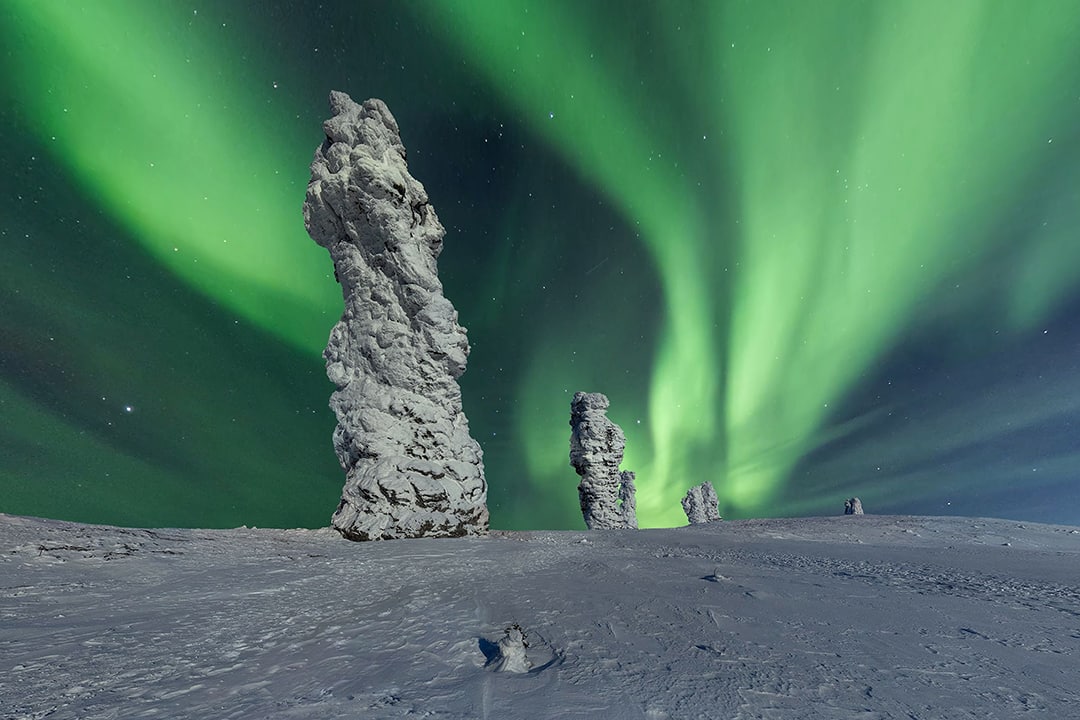 Northern Lights, Manpupuner Rock Formations
Northern Lights, Manpupuner Rock Formations
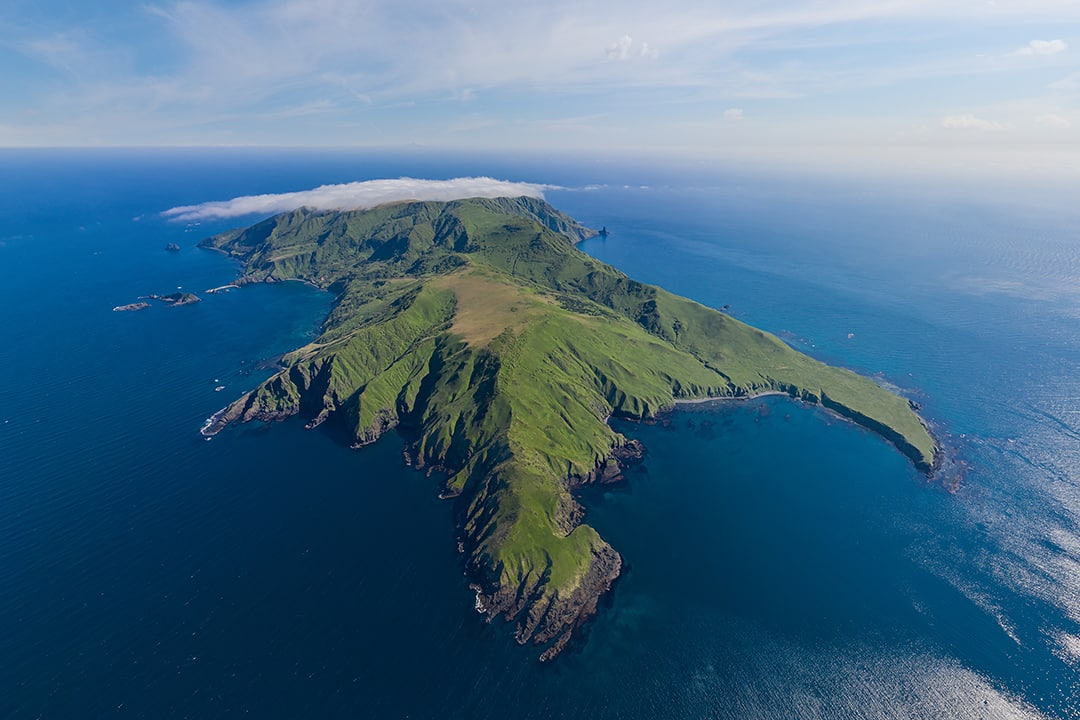 National park Moneron Island, Sakhalin region
National park Moneron Island, Sakhalin region
 New York, USA. City of Skyscrapers
New York, USA. City of Skyscrapers
 Porto, Portugal. 360° 6K aerial video
Porto, Portugal. 360° 6K aerial video
 New Jerusalem Monastery, Russia
New Jerusalem Monastery, Russia
Show more




